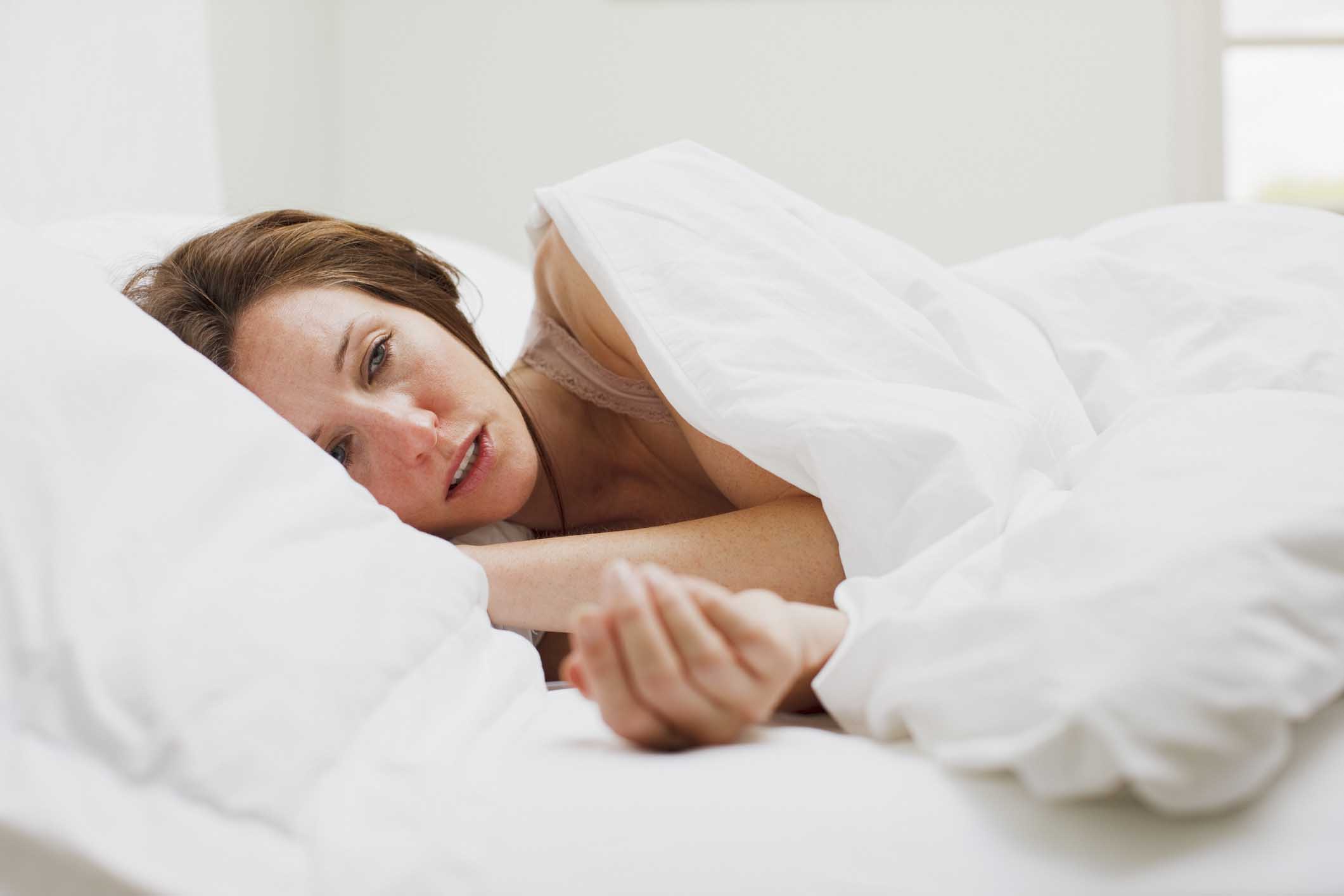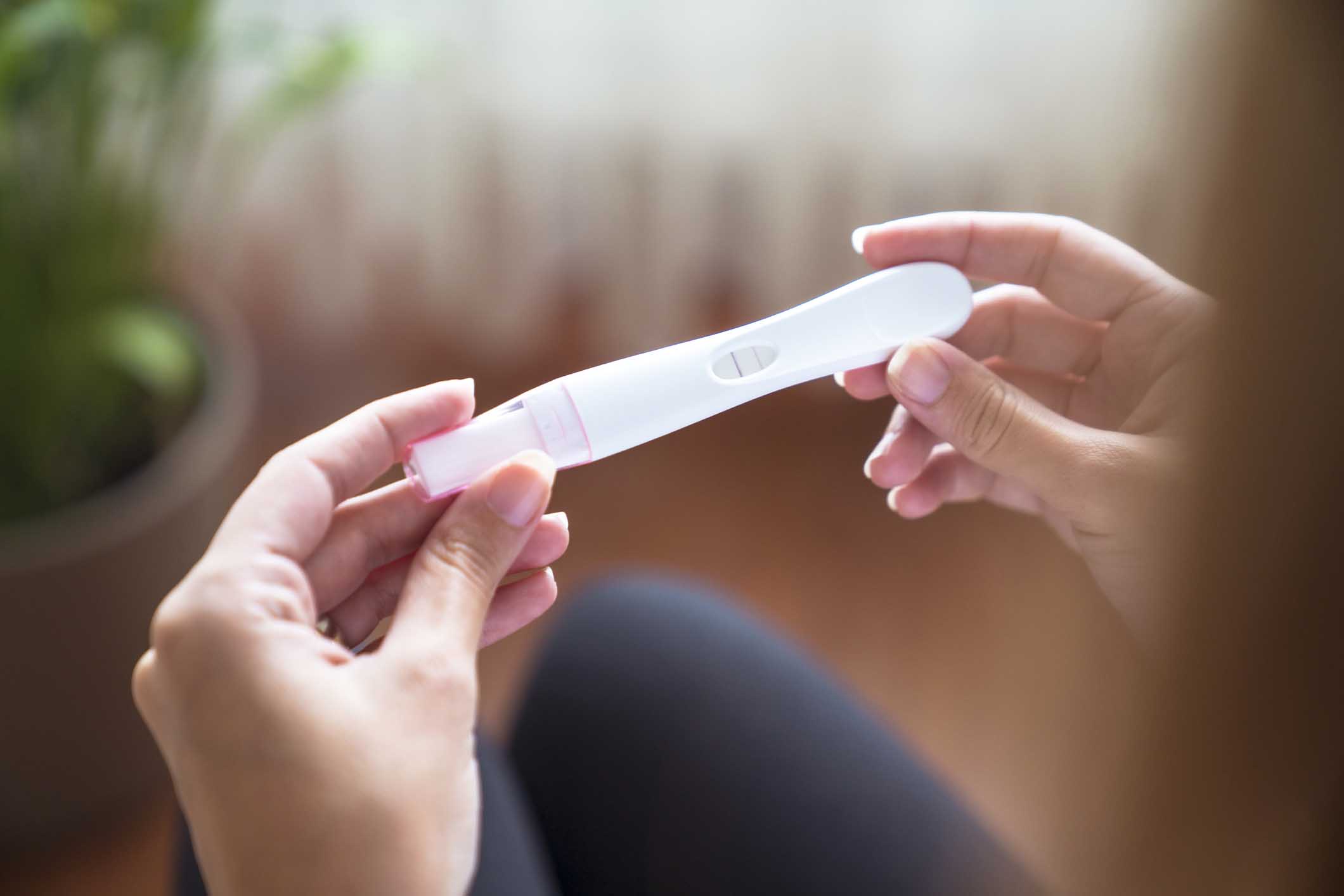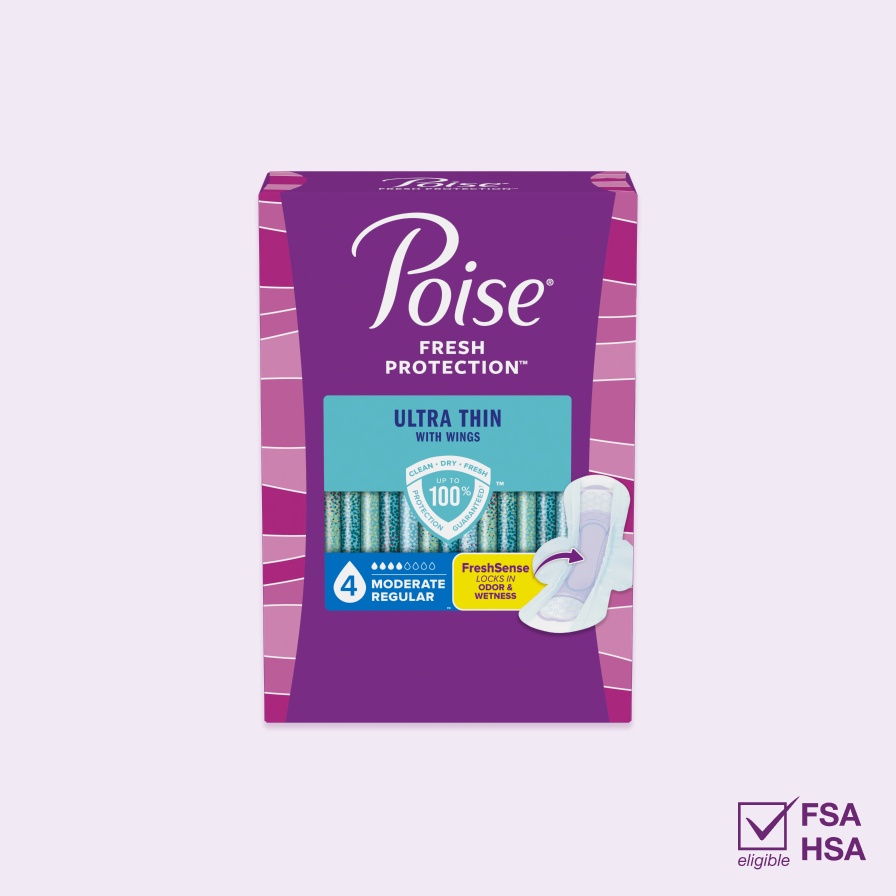How (and Why) Your Body Changes During Menopause
How (and Why) Your Body Changes During Menopause
There's a good reason we commonly refer to menopause as "the change." It seems like EVERYTHING - our moods, our bodies, our fertility, our desires and self-image- CHANGES! It all starts with declining ovarian production of steroid hormones, most importantly estrogen and progesterone. These hormones are responsible, in part, for maintaining reproductive function, and once they hit rock bottom, fertility ends. These hormones affect almost every other body systems and tissues directly or indirectly, as well. Thus, the variety of changes one experiences with declining ovarian function is broad and varied.
One of the biggest complaints I encounter in women going through menopause is related to weight gain and change in body fat distribution. These hormonal changes signal the body to reduce lean muscle mass and to store more fat, especially in the midsection. Metabolism slows down markedly so weight gain is very easy and weight loss much more difficult. Metabolism starts to wane in women as early as our 20s, but this decline becomes much more rapid with menopause. So, as we age, our caloric needs go down, and the amount of energy we must burn to maintain, much less lose weight, increases markedly. Weight gain in menopause isn't inevitable but it does take a concerted effort with good nutrition and regular exercise to avoid it.
Another common complaint involves changes in skin and hair. As we age, the elasticity of the skin declines and fat distribution changes, so the skin often becomes more fragile, wrinkled and sometimes, saggy. The skin and hair follicles are very responsive to the relative ratios of different steroid hormones. With menopause, estrogen and progesterone decline much more than the male hormones like testosterone, which the ovaries make in small quantities our whole lives. So the follicles perceive a relative abundance of the male steroid hormones, and this results in those bothersome coarse dark hairs that pop up on the chin and upper lip. This perceived high testosterone level also stimulates oil production and contributes to an increase in acne. Likewise, relatively high testosterone levels at the hair follicle can result in a male-pattern loss of hair and in extreme circumstances, partial baldness. Most women will notice the hair on the head, armpits and legs get thinner, so many will need to shave less. Most of these issues can be managed adequately with cosmetic hair removal and topical skin care products. More extreme conditions may require input from a dermatologist.
Recommended Products
Absorbency Level
Absorbency Level















